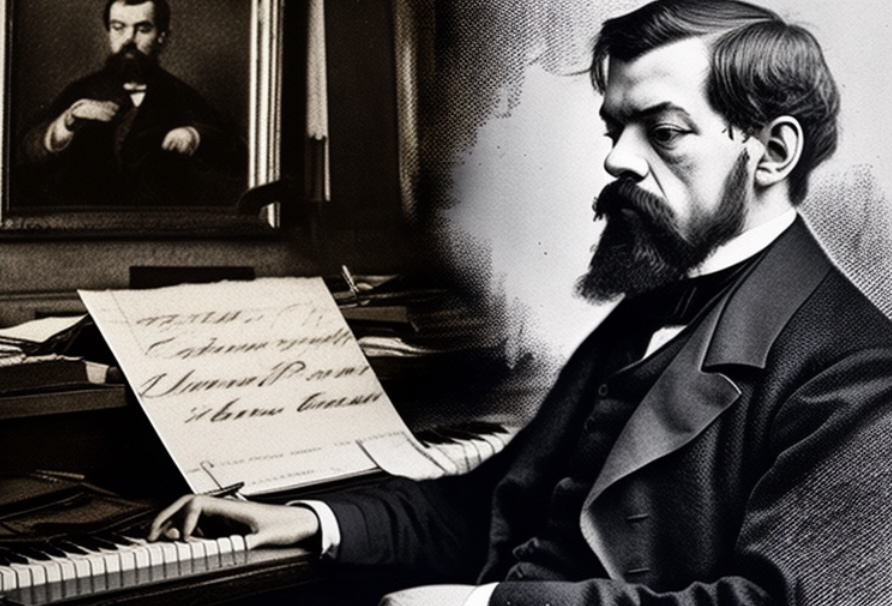Golliwog's Cakewalk - Claude Debussy

Golliwog's Cakewalk is a solo piano piece composed by Claude Debussy in 1908, as part of his Children's Corner suite. The piece paints an idyllic, carefree auditory picture of child's play, full of bright and playful sounds. Since it’s release, the piece has been popular among both classical and jazz audiences for its catchy melodic content and virtuosic technical demands.
History and release of Golliwog's Cakewalk
Golliwog's Cakewalk, first published by Durand in 1908, was written for Debussy's daughter, Emma-Claude, and was dedicated "to my little daughter Manueline." It is the final piece in Debussy's six-part suite Children's Corner, each piece dedicated to a different aspect of his daughter's imagination. The piece tells the story of a golliwog, a character from a popular British children's book series, doing a cakewalk - a dance popular in America at the time. In doing so, he defeats the other dolls and wins the cake. Debussy himself would at times use dolls to represent other people, among them friends, family members and his daughter, giving the piece a further personal significance.
Golliwog's Cakewalk contains many musical elements inspired by the cakewalk dance, in the form of a lively habanera rhythm in the left hand and ragtime syncopation in both hands. As cakewalks were usually performed by multiple people, Debussy also incorporated multiple strands and counterpoint into the piece. The two primary melodies of the piece interweave throughout, first separately and then together, creating an almost jazzy atmosphere. Alongside the musical elements, the piece also features some lighter ones, such as birdcalls, which are reminiscent of the animals surrounding the dolls and the children playing with them.
Simplified analysis of the composition of Golliwog's Cakewalk
Golliwog's Cakewalk is written in classical ternary form and is part of Debussy’s larger Children’s Corner Suite. The piece is mainly composed of habanera-style measures, featuring triplets and broken chords, quite standard at the time of its composition. The general structure of the piece is A-B-A, with an introduction and a coda connecting the two A parts. The A section is in a quick 12/8 meter and contains suggestions of the cakewalk dance, as well as some brilliant chromaticism. The middle B section brings a change of mood to the piece, as it is instead composed of jazz-like passages and syncopated rhythms. All these elements go together to make the piece intricate, yet playful and exciting.
Why is Golliwog's Cakewalk so popular?
Golliwog's Cakewalk has been a favorite of both classical and jazz performances since its release. The piece is easy to get into, yet extremely intricate and makes for an exciting performance. Its bright and playful melodies stand out among Debussy’s other works and have made it a fan favorite for countless music lovers. Furthermore, its jazz-like passages and intricate technical demands have made the piece a staple of classical pedal piano performances and a regular in many tuition books.
With its vivid imagery, simple yet quality melodic content and virtuosic technical challenges, it is no wonder that Golliwog's Cakewalk ranks among the most popular pieces of Debussy's romantic-era repertoire.
Publication date: 20. 02. 2023


